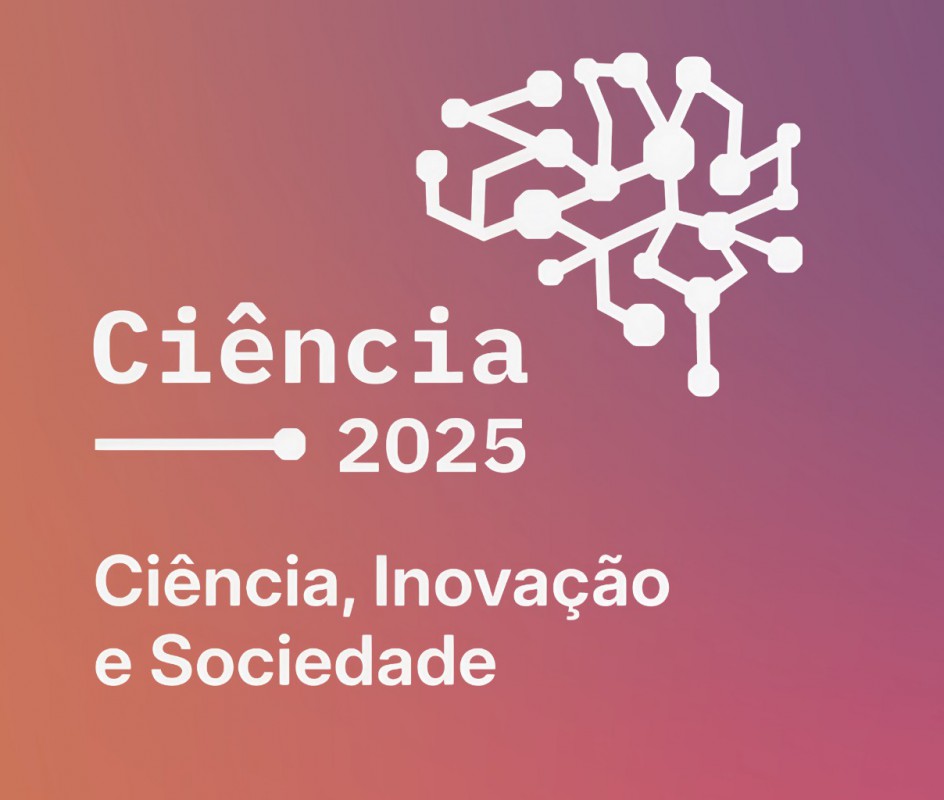
Mariana Oliveira's research, "LAZARUS," is one of the 14 awards granted by the funding of the LEO Foundation for dermatological research. The competition attracted a record of 148 applications. This reflects a success rate of 25%. In the final round of 2023 research grants, 14 researchers received a total of 48 million for their projects, all with the aim of expanding knowledge about the skin and skin diseases. The funded projects are highly diverse in their stimulating focuses, from the possibility of scarless wound healing to the treatment of psoriasis during pregnancy.
The latest round also saw a record-breaking number of 70 applications – almost half of the year’s intriguing array of reviewed skin research projects. Mariana Oliveira’s project investigates the potential of using de-vitalized mesenchymal stromal cells (MSCs) as direct or indirect immunomodulatory or regenerative biomaterials for treatment of difficult-to-treat or chronic wounds. The team counts with Phd’s from Ana Rita Sousa e Ana Filipa Cunha, professor João Mano and Dra. Ana Santos-Coquillat.
The project aims at exploring MSCs as constituents of off-the-shelf easy-to-handle immunomodulatory biomaterials. The project focuses on using these materials to treat difficult-to-heal wounds, which may be chronic, or have proneness to become chronic if not properly treated. The hope is to develop efficient treatments for wound healing with minimal risk of side effects.
Two treatment approaches will be explored using devitalized MSC aggregates through (i) their direct use as immunomodulatory and regenerative biomaterials capable of inducing healthy tissue deposition, or (ii) by their ability to promote localized immunosuppression. The latter approach targets skin allogeneic (i.e., non-self) engraftments in order to avoid or minimize systemic immunosuppressants intake, associated with proneness to infections, higher allograft rejection rate, and severe comorbidities.
The fact that no living cells are administered is expected to improve the predictability and safety of the devices when compared to other cell-based therapies. The technology also eliminates risks related to possible cell migration to unwanted sites, or the occurrence of phenotypic changes after implantation (e.g., loss of regenerative features or differentiation into unwanted cell phenotypes, which may be particularly relevant for highly plastic cells like MSCs).
The researcher Mariana Oliveira talks a little bit about the challenges in this process
It's possible to get an idea of how much time was needed to obtain this financing. Are we talking about how many hours were invested in how many euros?
The project was prepared in about two weeks, but there was a lot of previous work considering preliminary results and texts prepared for other purposes. This is a line of work that has been explored since 2020. I would say there are many hours of accumulated work by several team members, which then culminate in two to three weeks of more intense and focused work, for a total funding of around 420 thousand euros (for 3 years).
What were the main challenges of this specific application?
For this application, it was necessary to understand how the materials we propose, and for which we had more generic data, could be optimized and applied specifically in the field of dermatology. It ended up being a challenge to select the specific processing characteristics of the materials, as well as the possible application methods, to propose methods that we hope will help us enhance the best performance of our technology for an area with specific needs.
What are the main opportunities that this funding brings?
This funding will allow us to explore a more targeted application of the materials we have been developing for multiple applications related to tissue regeneration. We hope that the generated knowledge can also have translational value since the tasks associated with this project aim to bring us closer to the application of technology for therapeutic purposes.
What do the papers not say? (what is not known and should be known in society in general, about a research project)
Researchers dedicate much of their time to attempts to secure funding, and for every funded proposal, there is usually a much larger number of proposals that do not succeed. Typically, the possibility of exploring a specific idea or application of the technologies we develop depends on these financial resources that allow us to hire human resources, and acquire consumables, as well as necessary equipment and services. Some areas, such as therapeutic biomaterials, require significant investments from a financial and research time perspective. Considering only the initial development phase of these technologies, this investment need is partially due to the heavy reliance on laboratory work, which typically requires execution times in the order of months to obtain results. Most of the funding obtained in this area allows advances that may seem modest but are of great importance for validating promising technologies, and that allow the development of products with commercial potential, as well as approaching clinical application.
Related Articles
We use cookies for marketing activities and to offer you a better experience. By clicking “Accept Cookies” you agree with our cookie policy. Read about how we use cookies by clicking "Privacy and Cookie Policy".











